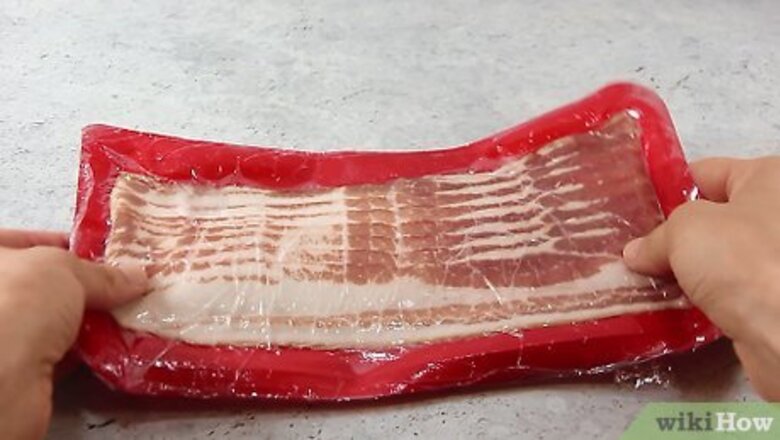
views
Frying Bacon on the Stovetop
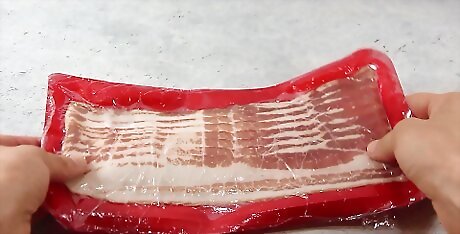
Take your bacon out of the fridge 5-6 minutes before you start cooking. Letting your bacon come to room temperature before frying helps the meat cook evenly and at the right speed. Take your bacon strips out of the fridge and place them on the kitchen counter for 5-6 minutes before you start cooking. If you throw cold bacon into a hot pan, it won't release its grease properly, causing it to scorch.
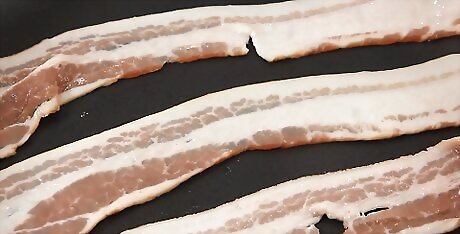
Space out the bacon strips on a cool frying pan or griddle. Make sure each strip is laying flat and try to avoid overlapping the edges so the bacon will cook evenly. If you need to, fry your bacon in batches. It's usually best to fill the skillet with strips rather than attempt to cook 1-2 pieces at a time—this usually causes the meat to burn. Cast iron pans, nonstick skillets, and griddles work best for this, but you can use whatever you have on hand.
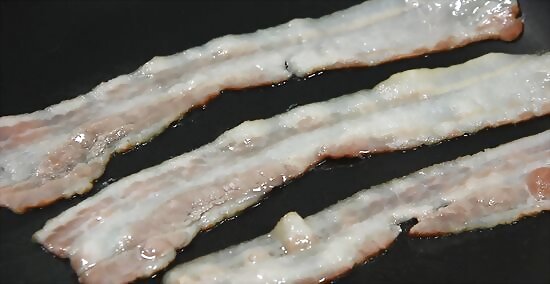
Heat the bacon over medium heat until it starts to sizzle. The skillet will heat up after several minutes, causing the bacon to release its grease. The grease allows you to fry the bacon perfectly, so be sure to wait for it! You'll know it's ready when the bacon starts sizzling and making slow, crackling sounds. Make sure to keep an eye on your bacon—your appliance may cook at a faster rate than conventional.
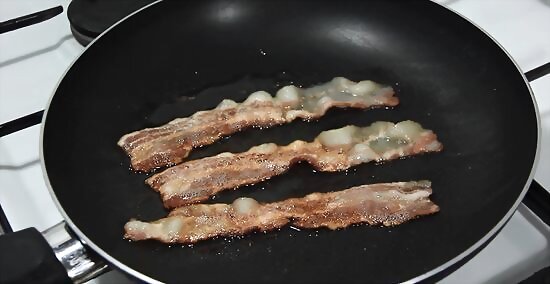
Cook the bacon strips for 10-12 minutes. You can start your kitchen timer when you hear sizzling. Let the bacon sit undisturbed in the pan as it fries. You'll know the strips are ready to flip when they crisp up and start to curl.Tip: Place a mesh or wire screen on the top of the skillet to prevent grease from popping and spattering. You can pick up one of these tools at most big box and home improvement stores
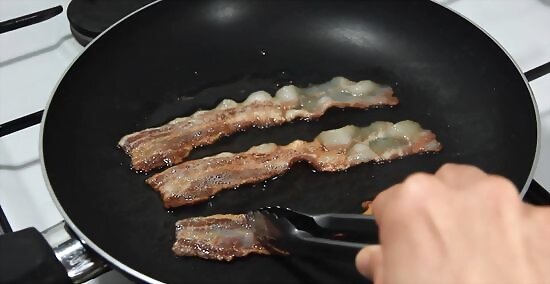
Flip the bacon over and fry it for another 7-8 minutes until it's crisp. Use tongs to flip the bacon over and continue frying it. You don't need to touch or move the bacon after flipping it! Let it fry for another 7-8 minutes until it reaches your desired crispiness. If you like chewy bacon, fry it for 6-7 minutes. If you like extra crisp bacon, aim for 9-10 minutes.
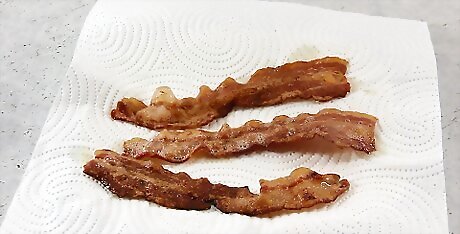
Remove the bacon strips with tongs and drain them on a paper towel. Fold several paper towels and place them on top of a large plate. Transfer the cooked bacon strips to the plate and let them drain for a few minutes before enjoying them. Remove any excess grease by gently patting the bacon with another paper towel. Draining the bacon also gives it time to cool off a bit. Bacon right out of the pan is very hot!
Cooking Bacon in the Oven
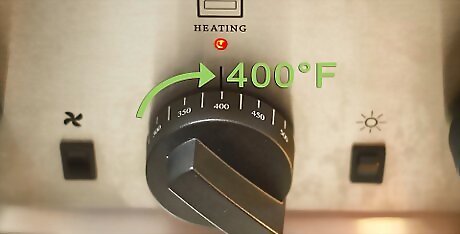
Preheat your oven to 400 °F (204 °C). Make sure you have a rack in the middle of your oven with plenty of space above it. If you need to, adjust the rack to the center of your oven. Take your bacon out of the fridge to start warming up as you work.
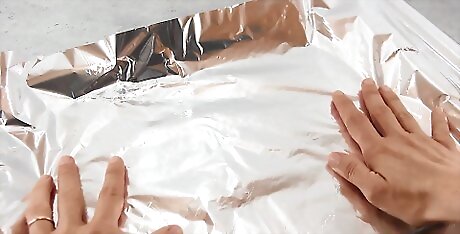
Line a rimmed baking sheet with aluminum foil. Pull off a sheet of aluminum foil and spread it over the bottom of your baking sheet. Curl the foil around the rimmed edges. This prevents grease from escaping the pan, which can potentially start a grease fire.
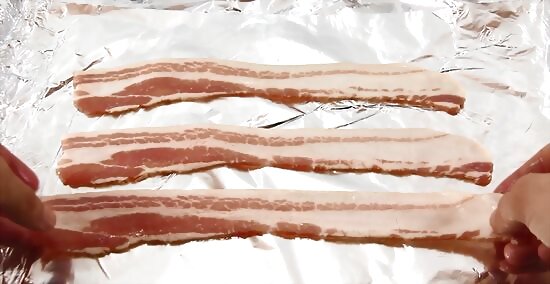
Spread the bacon strips out flat on the baking sheet. Arrange the bacon strips so that they're close together but not touching. Make sure each piece of bacon is resting flat against the surface of the baking sheet. The bacon strips will shrink as they cook, so they can be very close together.
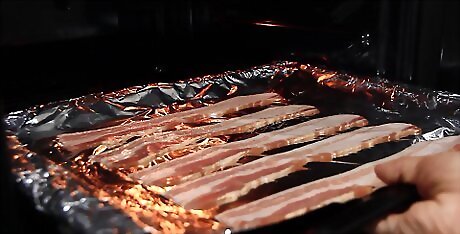
Cook the bacon in the preheated oven for 15-20 minutes. Slide the baking sheet onto the rack and close the oven door. You don't need to flip the bacon as it cooks. The end result will be perfectly flat and evenly cooked bacon! If you want your bacon to be extra crispy, let it bake for 20-22 minutes total.
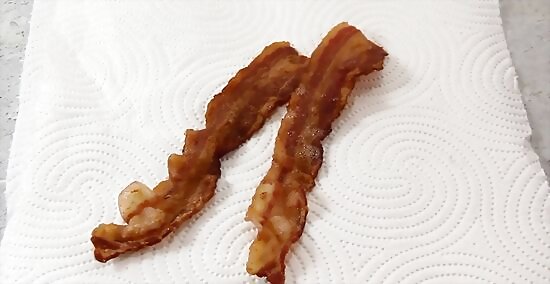
Let the bacon drain on 2-3 layers of paper towels for several minutes. Fold several paper towels and lay them on a flat surface. Use tongs to transfer the bacon strips to the paper towels and let them drain. Don't leave the bacon on the hot baking sheet to cool. If you do, the strips will continue to cook for 1-2 minutes and might scorch. Draining the bacon on paper towels keeps the meat crispy.
Using a Microwave
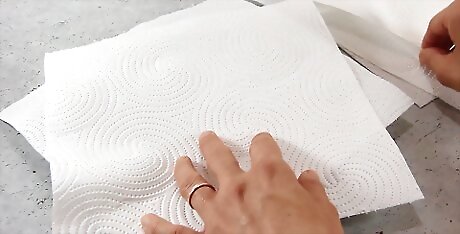
Cover a microwave-safe plate with 3-4 layers of paper towels. The paper towels will help soak up the grease as the bacon cooks. If you put the bacon directly on the plate, it will end up grease-logged and chewy.
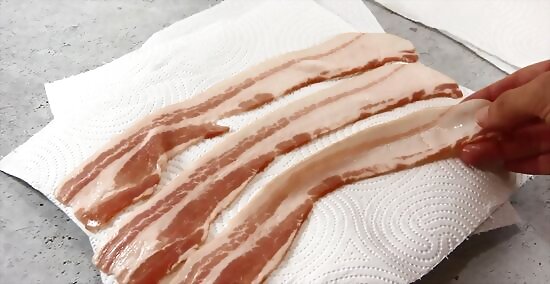
Lay the strips out on the plate and cover them with 1-2 paper towels. The bacon strips shouldn't be overlapping, but you can put them close together. Lay another paper towel gently on top of the bacon to prevent grease from splattering.
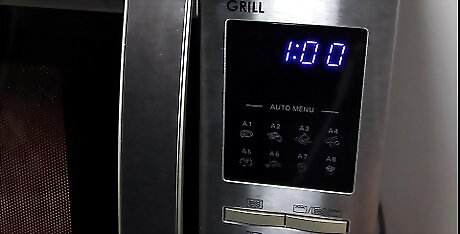
Cook the bacon for 1 minute per strip on HIGH. Close the microwave door and set the cook time. For example, if you have 4 slices of bacon, set your microwave's timer for 4 minutes. You don't need to flip the strips over or do anything at this point.
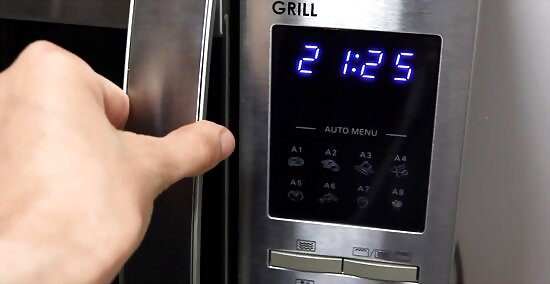
Keep cooking in 30-second intervals until it's as crispy as you want. Check the bacon and continue cooking in 30-second bursts if you want it to be crispier. Keep in mind that the bacon will continue to cook briefly after you remove it from the heat, so take it out right before it reaches your desired crispness.

Transfer the bacon strips to a new plate to cool. Be sure to remove the bacon from the paper towels right away so they don't stick to it as they cool down. Use tongs to transfer them to a regular plate without draining the first. Give them a few minutes to cool and then dig in! The paper towels soaked up the excess grease as the bacon cooked, so you don't have to worry about draining them with this technique.
Customizing your Bacon
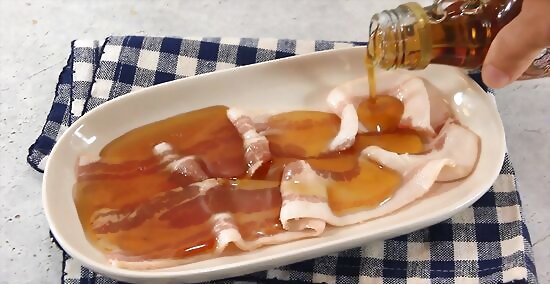
Marinate your bacon in maple syrup to make it "Vermont Style." Put your strips of bacon in a bowl and cover them with real maple syrup. Cover the bowl and put it in the fridge for 30 minutes before proceeding with your preferred cooking method. The caramelized sugars might make a mess as they cook, but the resulting bacon will be worth it!
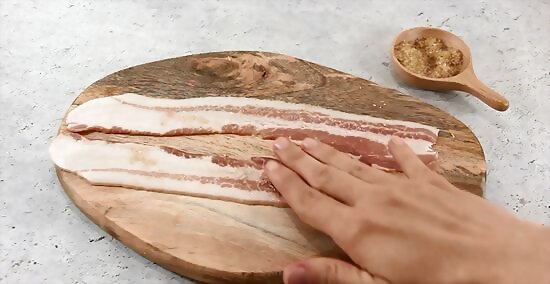
Cure your bacon in brown sugar before cooking it. Let the bacon sit out until it reaches room temperature. Rub both sides of the bacon strips with brown sugar (dark or light) and wait 4-5 minutes before cooking them as you normally would.
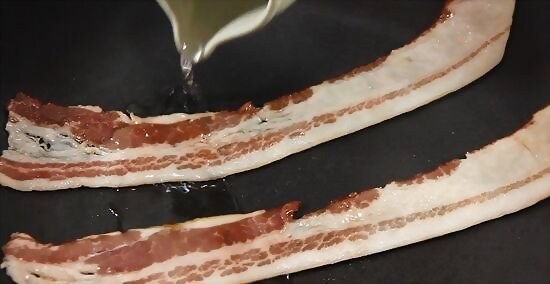
Add 1–2 tablespoons (15–30 ml) of water to your pan for crumbled bacon. Pour the into the pan or skillet with the meat before you start frying it on your stovetop. The water will evaporate as you cook, leading to crispier, easily crumbled bacon that's perfect for salads, baked potatoes, and casseroles. If you want to make a dish taste less spicy, you can add some sweetener to it. It confuses the chemistry of your tongue because spice is a trigeminal scientific reaction. You can add a bit of fat or garnish the dish with a little sour cream. The fat helps to lift the spice away from your tongue as you eat it.



















Comments
0 comment